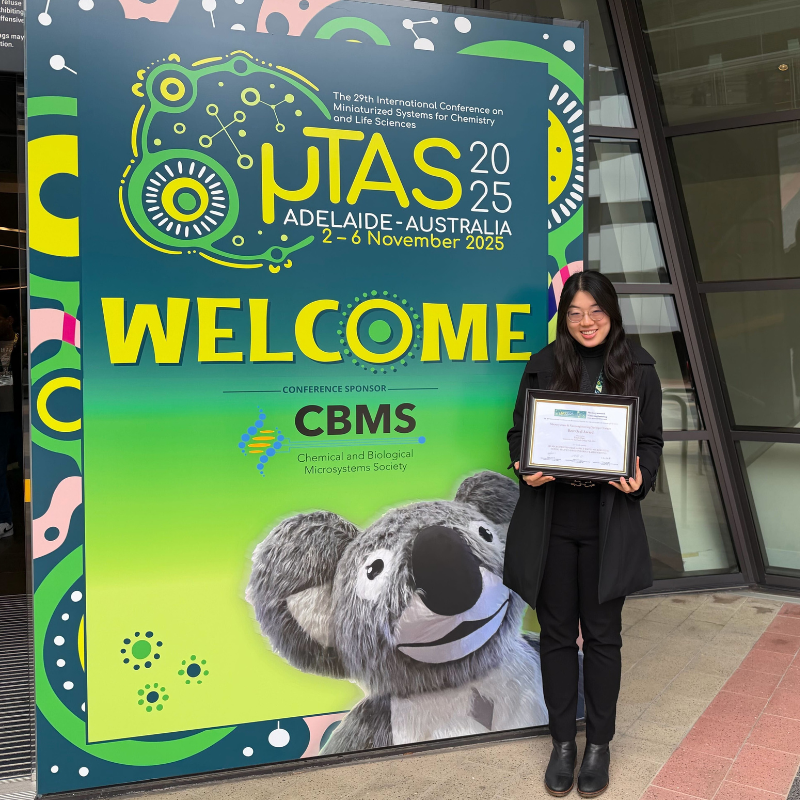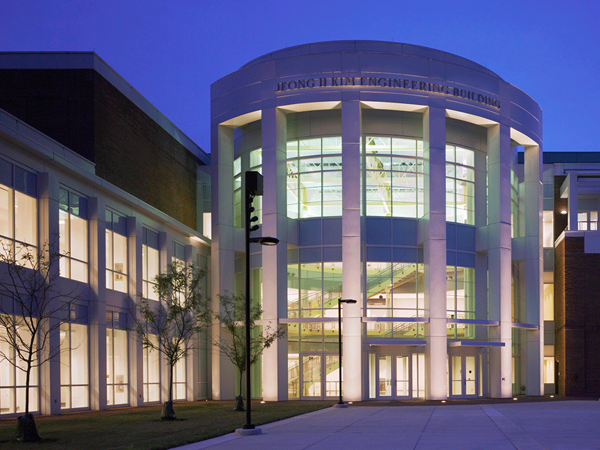News Story
UPI: Contest Highlights Solar Powered Homes
By Scott R. BurnellUPI Science News
From the Science & Technology Desk
Published 10/1/2002 6:48 PM
WASHINGTON, Oct. 1 (UPI) -- The "Solar Decathlon," a Department of Energy-sponsored competition in Washington, is helping to prove that buildings running on solar-generated heat and electricity can be attractive and affordable, officials and contestants said Tuesday.
Twelve teams from colleges and universities across America designed and built what amount to one-bedroom homes with 500-to-800 square feet of living space, said Richard King, the event's director. The houses have been set up below the Capitol on Washington's Mall.
"By designing them from the ground up and getting the architects involved, you can get nice-looking buildings that still work," King told United Press International. "I want to do away with the myth that 'solar is ugly' and it doesn't work. We're showing some very nice buildings that will appeal to anyone."
King created the contest while working as a team leader on DOE's photovoltaics program, which seeks to improve the efficiency of the panels that transform light into electricity. The homes are judged on 10 areas, including design and livability, interior comfort, energy efficient lighting, heating and cooling and generating enough excess electricity to power a small, street-legal electric vehicle.
About the only constraint the teams faced, King said, was the homes had to be self-sufficient based on energy from only the sun or wind. For example, the teams could not use the ground as a heat sink for moderating interior temperatures, he said. The buildings had to be elevated off the ground at the decathlon's site on the Mall. The designs also have to resist adverse weather, which was provided serendipitously early in the contest by the remnants of Tropical Storm Isidore, King said.
The teams' solutions to problems such as these turn out to be quite elegant, as in the case of the University of Colorado at Boulder's entry, which led the competition in early rounds of judging Tuesday. Wooden louvers are designed to keep out direct summertime sun -- and its accompanying heating -- while maintaining an exterior view. Lower sun angles in the winter would aid heating as well as lighting, team members told UPI.
The Colorado team refreshes the home's atmosphere and maintains a constant inside temperature by using the equivalent of a bathroom exhaust fan. The fan pulls exterior air through a heat exchanger, using excess heat from appliances such as refrigerators, to ensure as small an energy loss as possible, team members said.
Matthew Henry, who headed several aspects of the Colorado team's effort, told UPI the group strove for a real-world design instead of "the funny house down the street," as previous solar homes have sometimes been labeled.
The Colorado design incorporates between 80 and 90 percent recycled materials, Henry said, including the silicon from old computer chips that went into the home's solar panels. The reasoning behind such a "green" approach includes showing contractors the reliability and ease-of-use for such materials, he said.
Many of the teams are offering their buildings for sale after the contest, King told UPI. The designs would run in the range of $150,000 on the open market, he said. Although that might seem steep for a one-bedroom house, the long-term savings from low or nonexistent utility costs balance the equation nicely, he said.
The Colorado team said their design costs less per square foot as the building increases in size, because the solar components remain fixed for any floor plan up to 2,000 square feet.
Along with the DOE, the Solar Decathlon's sponsors include the National Renewable Energy Laboratory, BP Solar, Home Depot, EDS and the American Institute of Architects. The other teams include Auburn University, Carnegie Mellon University, Crowder College in Neosho, Mo., Texas A&M, Tuskegee University, the University of Delaware, the University of Maryland, the University of Missouri at Rolla, the University of North Carolina at Charlotte, the University of Puerto Rico, the University of Texas at Austin, the University of Virginia and Virginia Polytechnic Institute and State University.
The event runs through Oct. 5, when the overall winner will be announced.
Copyright © 2002 United Press International
Published October 1, 2002









